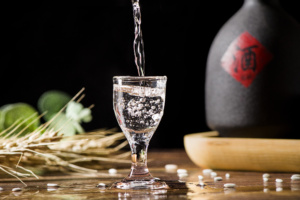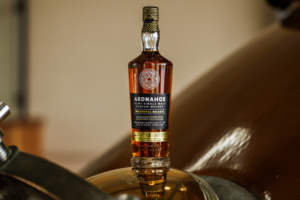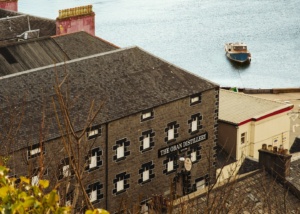Why Are Stills Made of Copper?
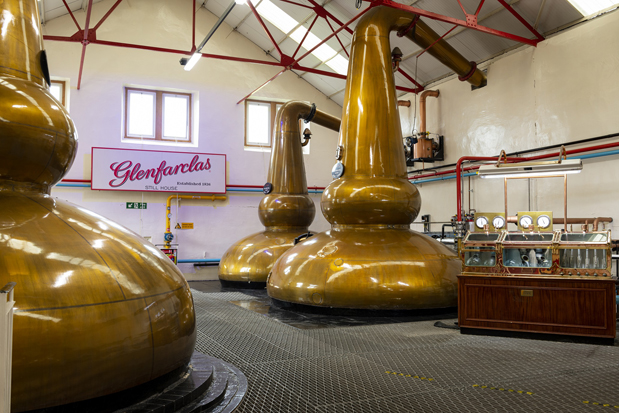
The very first whiskies were made in stills made from ceramics and glass - the most sturdy and useful materials of the time. However, soon enough, copper was settled on as the best possible material for distilling whisky. Why?
Well, in terms of constructing the still, copper is reasonably malleable and can be bent into the ideal shape ie. long swan necks. It's also a known efficient conductor of heat, has antibacterial properties and is resistant to corrosion (useful in the Scottish weather.) Importantly, copper spreads out heat evenly across its surface and across the liquid within, meaning no part of the whisky is over or under heated. They also last a relatively long time, however are very expensive. This has led to some across the pond using stainless steel to distil their bourbon, instead. It's the next best thing, but the Scotch industry still choose to use copper.
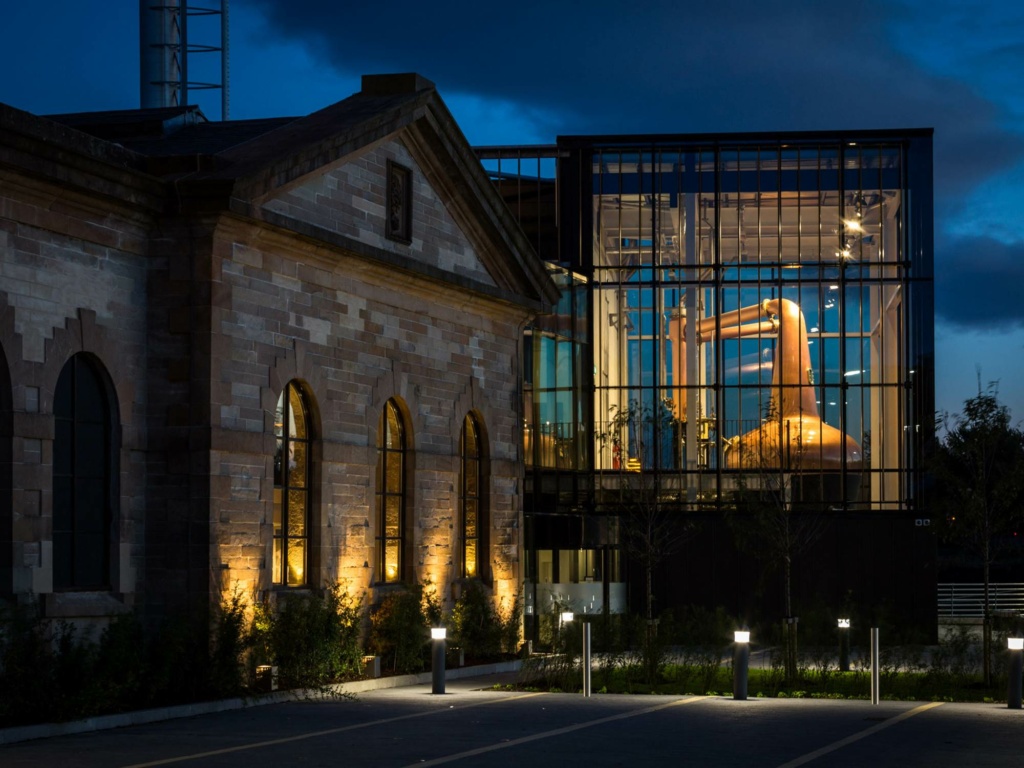
So what other benefits does copper offer? Copper removes toxic sulphides (introduced by yeast) from the distillate, unlike stainless steel, which can contribute to a slight sulphurous taste to the whisky. In addition, the material encourages the formation of esters, which tend to give the spirit a fruity character and silky mouthfeel.
You might hear the phrase 'copper contact' in whisky-speak, a high level of which results in a clean whisky with cereal and grass flavour. The more copper contact, the more intense these notes become, as well as introducing more esters to the liquid.
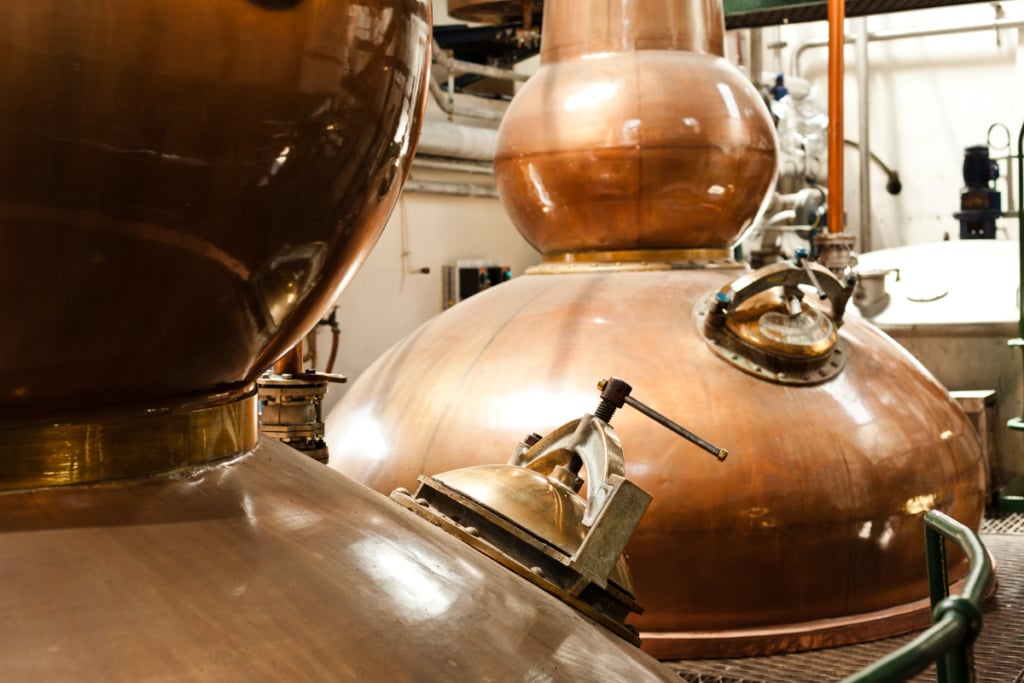
When copper and the spirit interact, the liquid takes on a small amount of the copper in soluble form. This, as well as, in parts of the still in which the majority of the beneficial catalytic reactions occur (above the boiling line, in the shoulder, swan neck, lyne arm and condenser) the copper will gradually erode. The only disadvantage of copper is that it will eventually erode, however it is in sacrifice to elevating the overall taste of the end result - gorgeously light, fruity and floral Scotch whisky.
One can't help but deny their beauty as a major advantage, too!
FAQ
- Are there any environmental considerations or impacts associated with the use of copper stills in whiskey production? The eventual erosion of copper can lead to the release of copper particles into the environment, which may have ecological impacts if not properly managed. Distilleries must address this issue through responsible disposal practices or by implementing measures to mitigate copper erosion.
- Beyond the aesthetic appeal and functional benefits, are there any cultural or historical reasons why copper stills have become so closely associated with Scotch whisky production? The association of copper stills with Scotch whisky production has deep cultural and historical roots. Copper stills have been used in whisky distillation for centuries, and their iconic presence in distilleries has become symbolic of tradition and craftsmanship in the Scotch whisky industry. This historical connection, coupled with the functional benefits of copper in whisky production, has solidified the preference for copper stills among Scotch whisky distillers.
- Are there any ongoing research or developments in the field of whiskey distillation that might offer alternatives to copper stills, or enhance the performance of copper stills in terms of efficiency or longevity? Ongoing research and developments in whiskey distillation often explore alternatives to copper stills or seek to enhance their performance. Some research focuses on materials science, investigating new alloys or coatings that may offer similar benefits to copper but with improved durability or cost-effectiveness. Additionally, advancements in distillation technology, such as improved heat exchange systems or automated monitoring, aim to optimize the efficiency of copper stills.
 4.7/5 with 10,000+ reviews
4.7/5 with 10,000+ reviews



